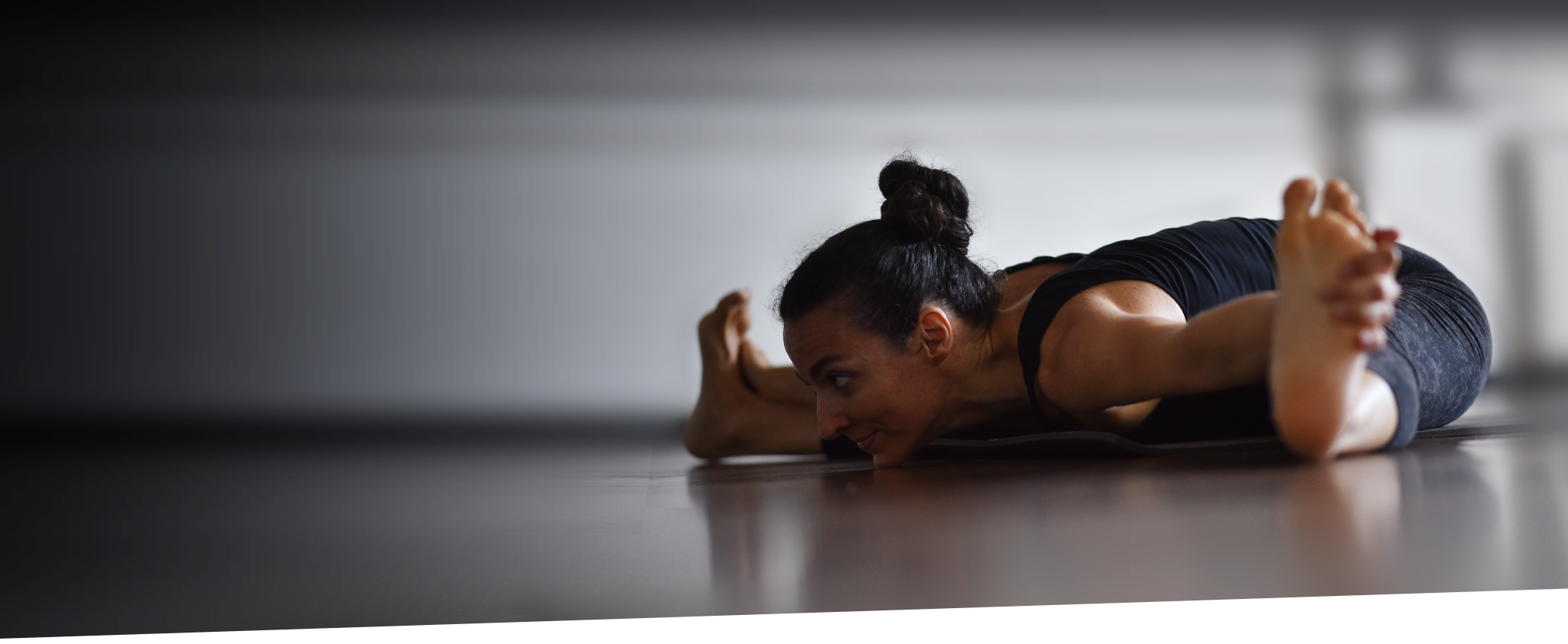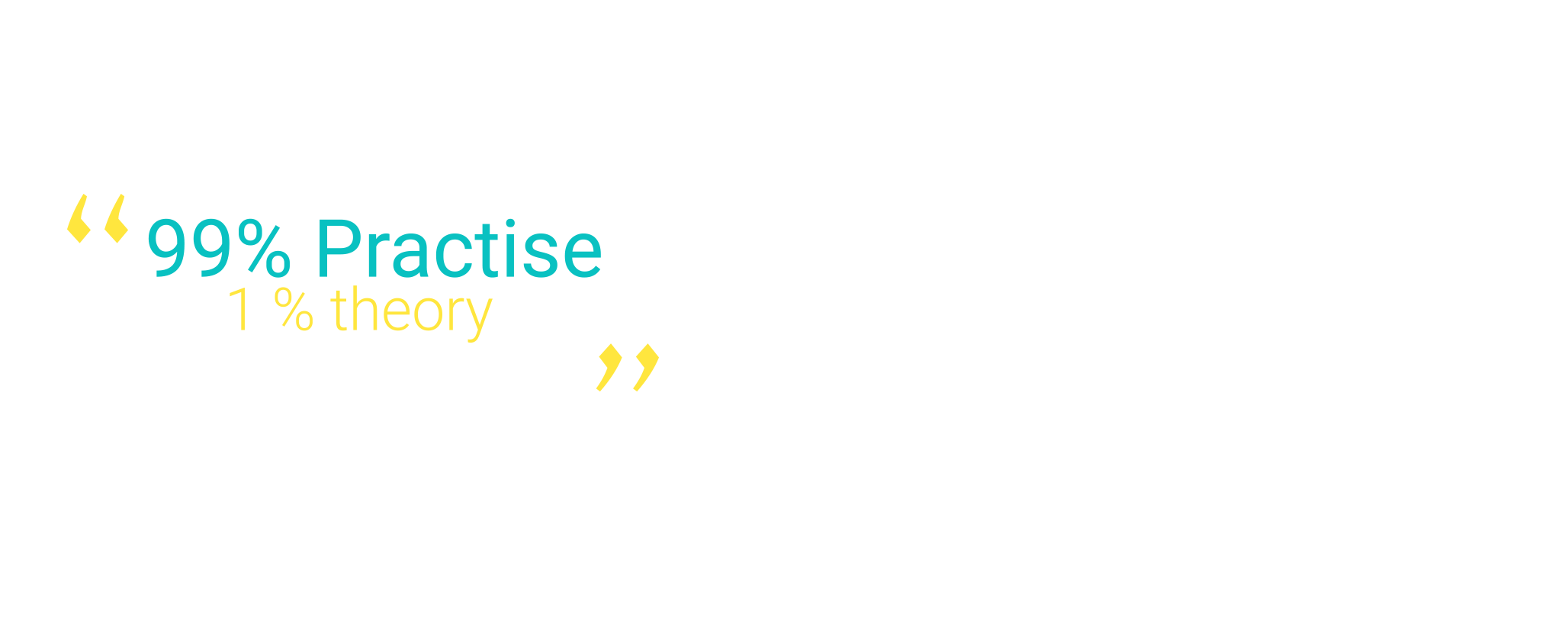
The breath
The breathing with sound (Ujjayi Pranayama) only performed with the nose, closing the glottis produces a sweet and deep sound and the throat is open and relaxed. Inhalation and exhalation should be the same length and have the same sound. If the inhalation is eg 3/5 seconds then the exhalation should also be 3/5 seconds. At first it is quite difficult though with time and constant and diligent practice harmony of sound and length will be reached.
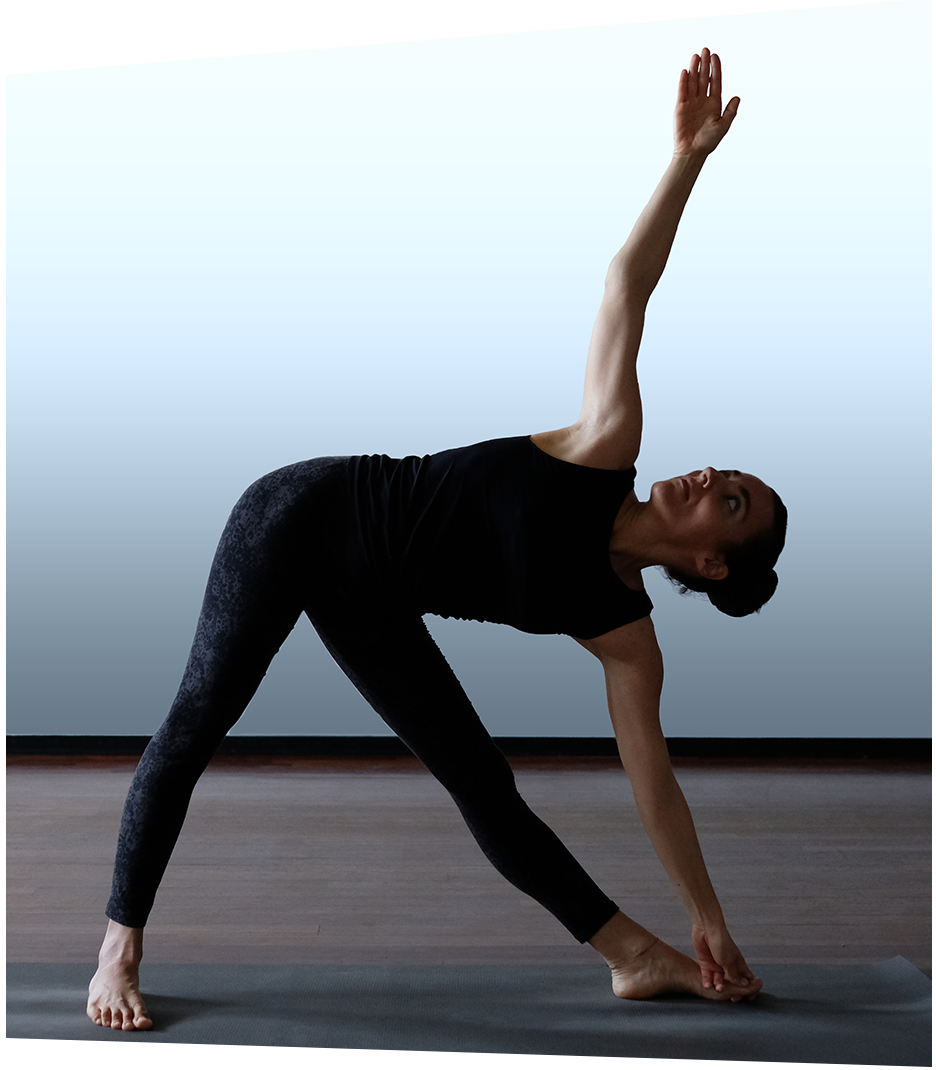
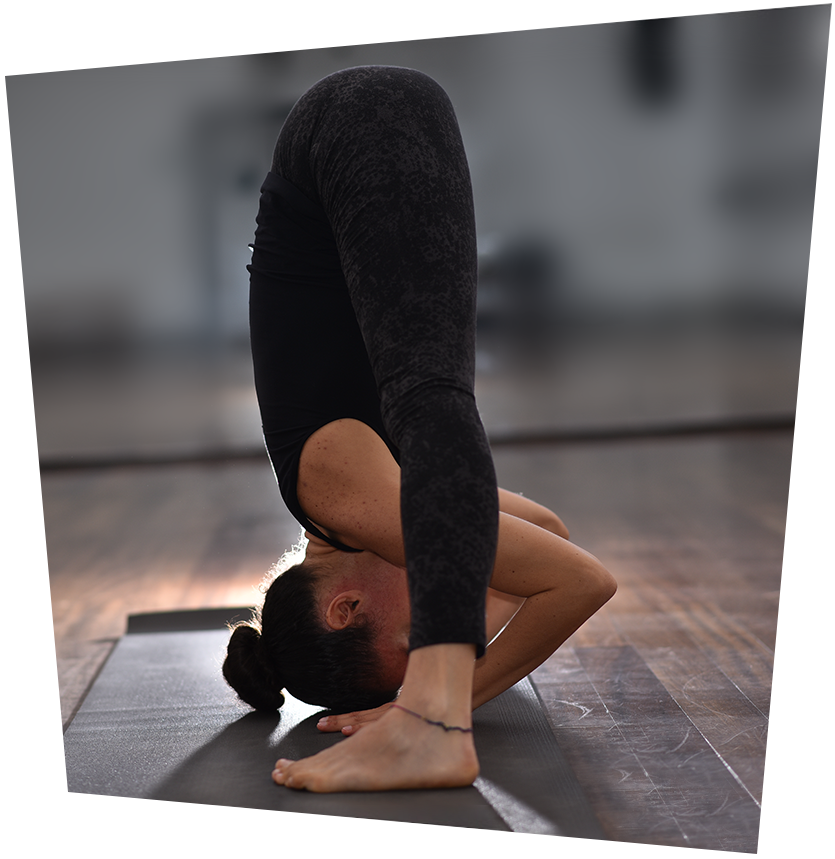

The posture (Asana)
Each posture is therapeutic and has been studied to realign the body and purify it from the inside. They are maintained for 5 breaths during which it is advisable to breathe and relax so that the new energy, the air (Prana) introduced into the system, can oxygenate the body and free it from pain, stiffness and disease.
Each posture is connected to the next according to a very specific sequence. It is vital that the sequence order is respected and that a new asana is only started if the previous asana is stable and comfortable (Sthira sukha anasanam. Yoga Sutra II.46) to ensure that body and mind are strengthened rather than weakened. This can only be established under the guidance of an experienced teacher who follows the ‘parampara0 (the transmission of the method from master to student).
The first series of Ashtanga Yoga is called Chikitsa (Therapy) and helps to realign and detoxify the body, the second Series Nadhi Sodhana, works towards a deeper purification of the nervous system thanks to the cleaning of the energy channels. The advanced series (A-B-C-D) requires a high level of strength and stability and the opening up of the body.

The look (Dristhi)
There are nine points at which to look while performing the asanas: upward, to the middle of the eyebrows, to the tip of the nose, to the right and left side, towards the navel, to the tip of the thumbs, at the tip of the middle finger and at the tips of the big toes. At first this can be difficult though with diligent practice and time the correct dristhi is possible and will give wholeness and uniqueness during the implementation of the asanas. The practitioner will be at that point more focused and aware.
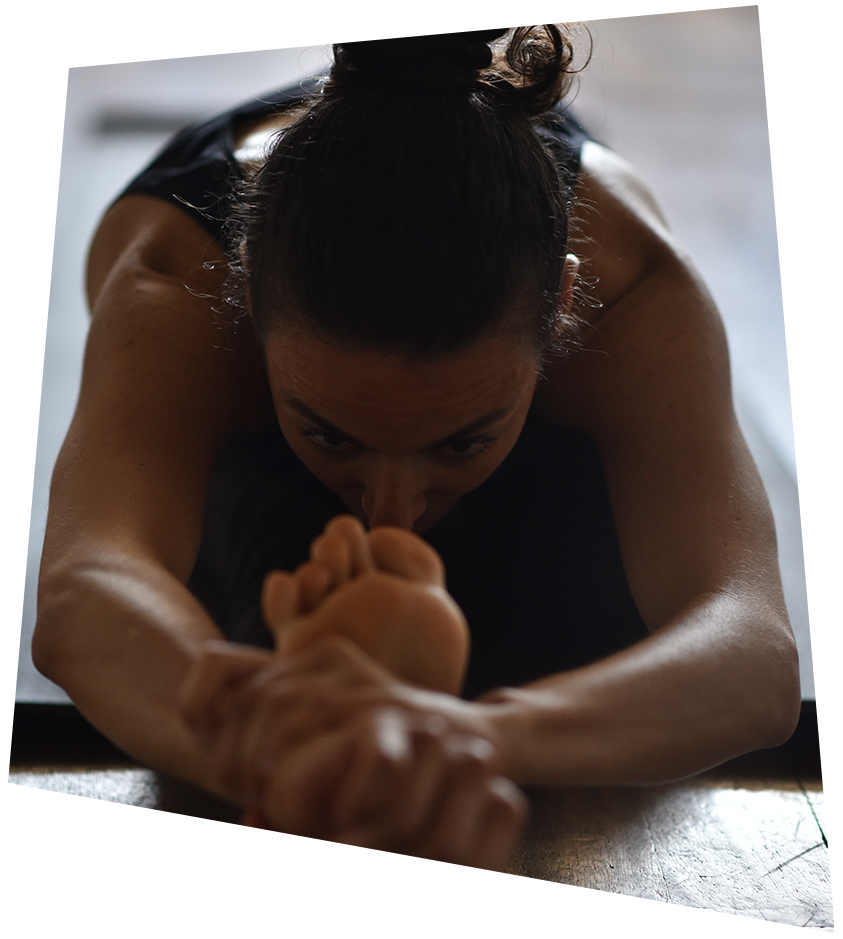
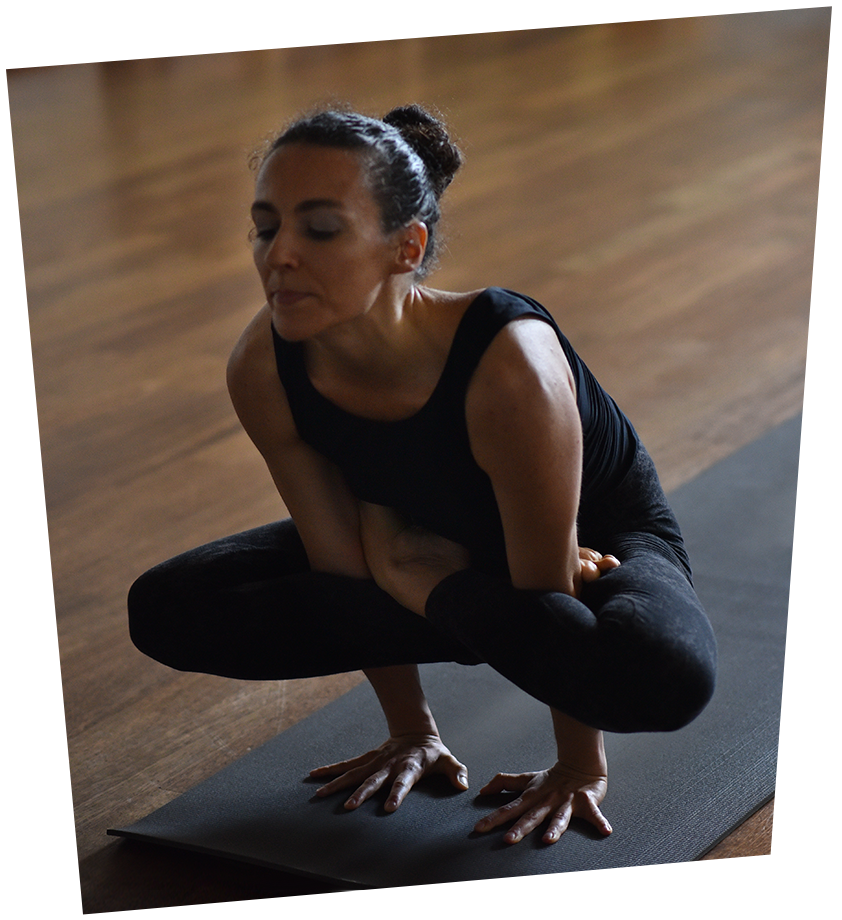

Vinyasa Method
These three points of emphasis are harmonised by virtue of the Vinyasa Method.
Vinyasa in Sanskrit means: Vi- ‘in a special way’, Nyasa- ‘positioning’, positioning oneself in a special way thanks to the deep and sonorous breath that helps the practitioner to enter, maintain and exit the posture. Thanks to the breath coupled with the movement (Vinyasa Method) it is possible to free the body from pain, stiffness, disease, purifying it from the inside, obtaining a healthy, strong and stable body and so in this way strengthen and calm the mind.
For each posture there is a precise number of Vinyasa counts: for example there are 9 for the first Sun Salutation, 17 for the Second and so on. In the beginning it may be difficult to follow the correct rhythm, extra breaths or movements will be necessary though with time and practice the correct Vinyasa for each posture will occur.
An important product of the Vinyasa Method is sweat: movement and breath produces intense heat inside the body, as Guruji said, ‘boils the blood’, so the blood thins and is freed from the blockages which cause pain and stiffness. When there is a pain and disease the blood is thick. With movement and breath the blood becomes thinner and pure.
It is advisable not to dry the sweat with a towel during practice, rather to massage it on the body.

Bandhas
Bandhas in Sanskrit means ‘to bind, to unite and to control’ certain parts of the body.
The energy produced during the practice is accumulated and conserved thanks to the bandhas, which through the energy channels (nadi) direct the energy towards the ‘right’ places in the body.
Two bandhas are controlled in the practice of Ashtanga Yoga: the Mula Bandha and the Uddhyana Bandha. Mula in Sanskrit means ‘root, source’ and consists in the closure of the anus towards the navel for which the centre of the perineum and the pelvic organs (intestinal and genital organs) are controlled. With the practise Mula bandha, Uddhyana bandha will automatically occur.
Uddhyana means ‘to lift, to fly upwards’ and is carried out by lifting the diaphragm upwards and pulling the abdomen towards the spine and then the root of the navel towards the kidneys.
These bandhas are fundamental in the practice of asanas and require many years of practice before being controlled.





